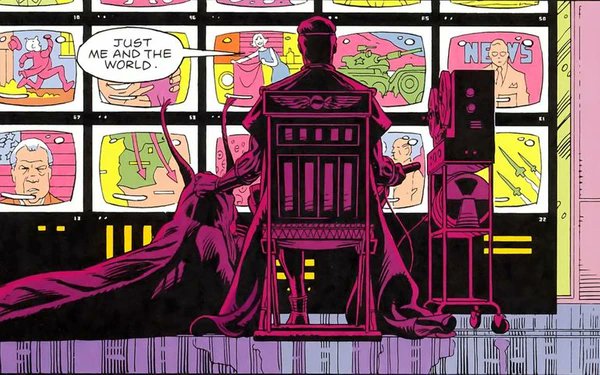PC monitor has been delivered. Now in the containment area for 48 hours. Better safe than sorry. h/t @MLBrook @martin_eve et al
Hoping the larger screen makes me feel less claustrophobic; less constrained and oppressed by the smaller size of the laptop now that we spend even longer hours in front of it. We& #39;ll see.
Many a time I have imagined an Outlook inbox display akin to TweetDeck& #39;s or Trello& #39;s- not the two-column vertical layout but a customisable horizontal layout where instead of folders one can have as many columns as needed. Scroll sideways, not up and down.
I& #39;d like to see what& #39;s there, at least at the very top of it, at a glance, according to current priorities, not being forced to see what arrived first by default, to the detriment of previous but potentially more important items.
There& #39;s something always-already constraining about the vertical column and traditional folder and file structures. Having to scroll down or go to folders or filter limits agency by replacing what& #39;s on your visual field, hiding the rest, which might need simultaneous attention.
Going for a wider, vertical working space and visual field might enable users (as in TweetDeck or post-it boards, think Miro) to consider the landscape first, choosing what we see first and comparing before opening or focusing on only one item or task.
Basically as an email user I want to be able to decide what goes into what columns and to see as many columns as possible, so I can make decisions and not be always-already worried about what& #39;s happening/happened in folders I cannot see simultaneously.
PS I meant "going for a wider, _horizontal_ working space." (I& #39;m a bit dyslexic). I& #39;m thinking of the relationship between paradigm and syntagm, and about resisting the imposition of an ongoing, sequential, first-come-first-served idea of scroll-down time and flow.
I am more landscape than portrait, more multi-tab spreadsheet than one-column text or even table. That.
We think of Roland Barthes and structural linguistics when it comes to time, but also, perhaps, of this:
"Where we perceive a chain of events, he sees one single catastrophe which keeps piling wreckage upon wreckage and hurls it in front of his feet." https://en.wikipedia.org/wiki/Angelus_Novus">https://en.wikipedia.org/wiki/Ange...
"Where we perceive a chain of events, he sees one single catastrophe which keeps piling wreckage upon wreckage and hurls it in front of his feet." https://en.wikipedia.org/wiki/Angelus_Novus">https://en.wikipedia.org/wiki/Ange...
Now I wonder how much this has to do with me having learned to read with comic books- what appeals about the multi-tab spreadsheet is indeed the grid- one sees the whole page at a glance, then zooms in to read and look more carefully (or not).
For more context on our thinking around the grid, please cfr my article with @wilkinspeter The Question Concerning Comics as Technology: Gestell and Grid: http://www.comicsgrid.com/article/10.16995/cg.133">https://www.comicsgrid.com/article/1... via @ComicsGrid #openaccess #HCI
And here an introductory deck of slides that explains Barthes& #39;s "rhetoric of the image", as well as other basic principles of semiotics, which is a background to the ideas I shared before on this thread. https://people.unica.it/luisannafodde/files/2012/04/FODDE-AD-2-GRAPHIC-.pdf">https://people.unica.it/luisannaf... [PDF]
Thread ends. Thanks for reading.

 Read on Twitter
Read on Twitter


